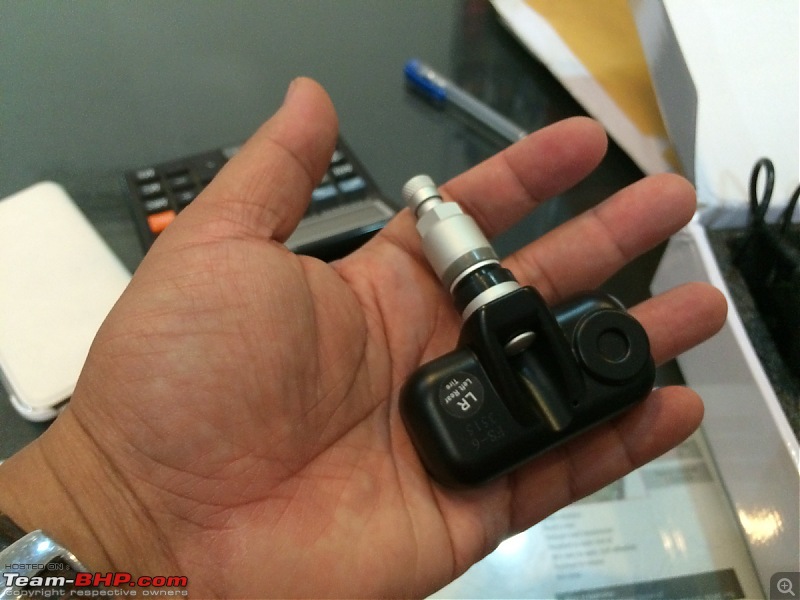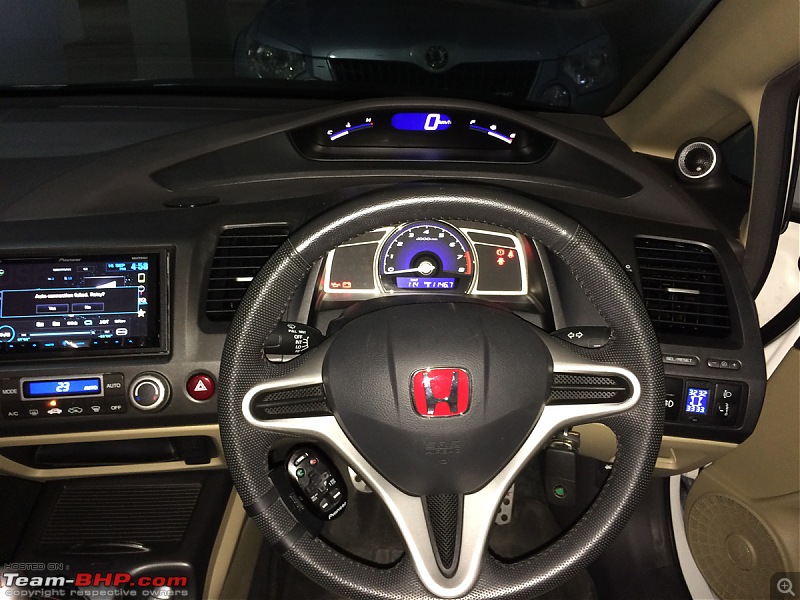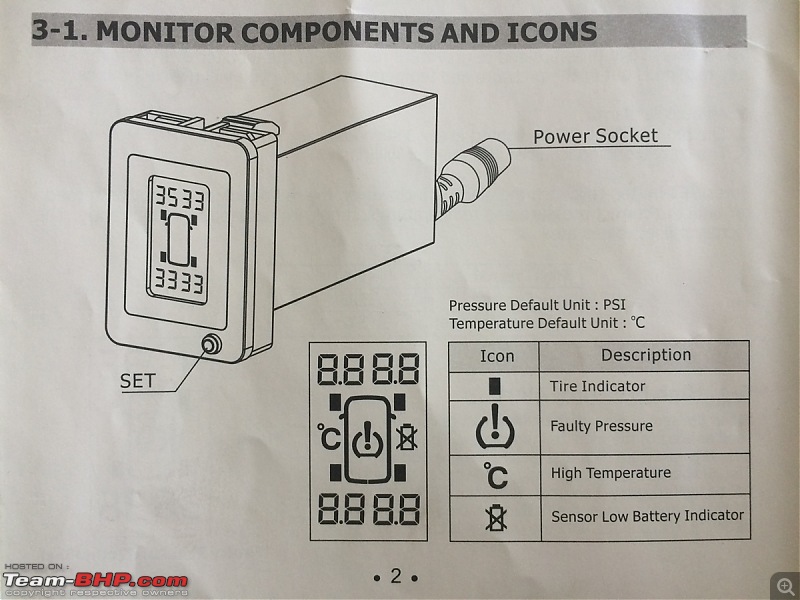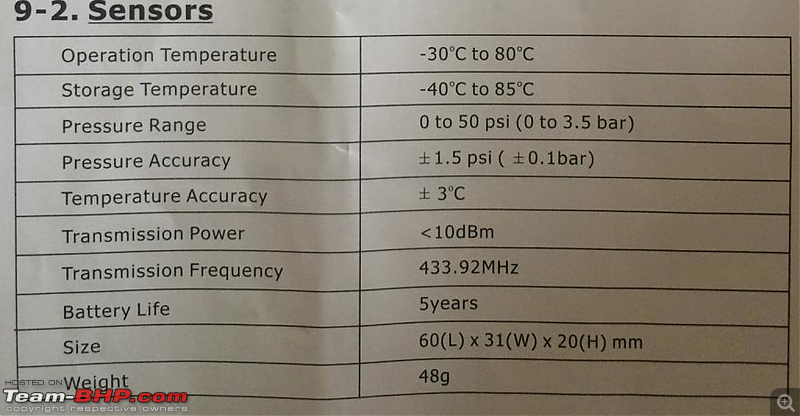| | #1 |
| Senior - BHPian | |
| |  (41)
Thanks (41)
Thanks
|
| |
| | #2 |
| Senior - BHPian | |
| |
| | #3 |
| BHPian | |
| |  (1)
Thanks (1)
Thanks
|
| | #4 |
| Senior - BHPian | |
| |  (5)
Thanks (5)
Thanks
|
| | #5 |
| Senior - BHPian Join Date: Mar 2010 Location: Bangalore
Posts: 1,331
Thanked: 6,094 Times
| |
| |
| | #6 |
| Senior - BHPian | |
| |  (1)
Thanks (1)
Thanks
|
| | #7 |
| Distinguished - BHPian  | |
| |
| | #8 |
| Senior - BHPian Join Date: Oct 2008 Location: Stockholm
Posts: 1,358
Thanked: 2,566 Times
| |
| |  (1)
Thanks (1)
Thanks
|
| | #9 |
| Senior - BHPian | |
| |  (12)
Thanks (12)
Thanks
|
| | #10 |
| BHPian Join Date: Jan 2015 Location: Gurgaon
Posts: 190
Thanked: 251 Times
| |
| |
| | #11 |
| BHPian Join Date: Jan 2014 Location: Cary, NC
Posts: 99
Thanked: 93 Times
| |
| |  (5)
Thanks (5)
Thanks
|
| |
| | #12 |
| BANNED Join Date: Oct 2011 Location: Hyderabad
Posts: 12,345
Thanked: 21,452 Times
| |
| |  (4)
Thanks (4)
Thanks
|
| | #13 |
| BHPian Join Date: Jun 2014 Location: Mumbai
Posts: 581
Thanked: 787 Times
| |
| |  (5)
Thanks (5)
Thanks
|
| | #14 |
| Senior - BHPian | |
| |  (4)
Thanks (4)
Thanks
|
| | #15 |
| BHPian Join Date: Jan 2015 Location: MAA - HYD
Posts: 669
Thanked: 713 Times
| |
| |
 |
Most Viewed



















